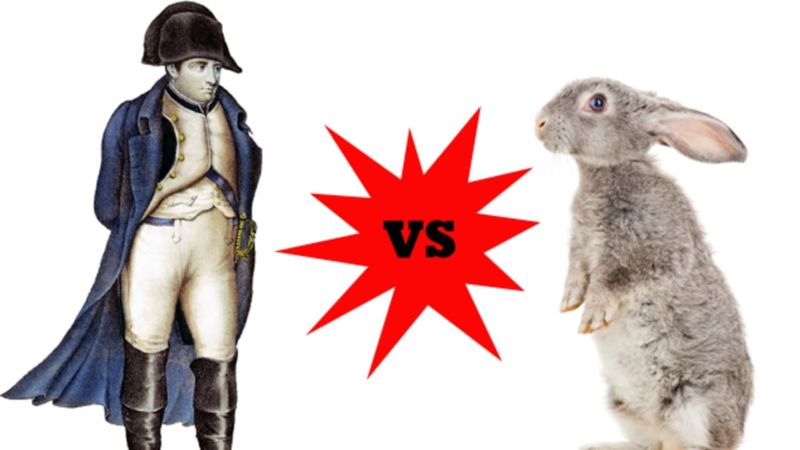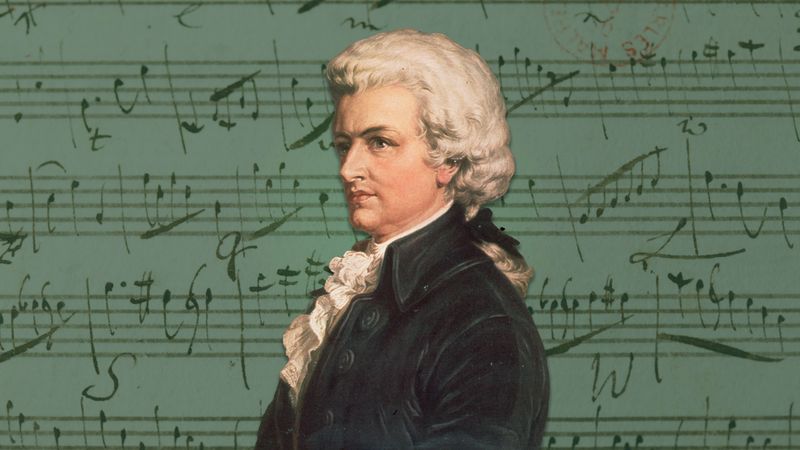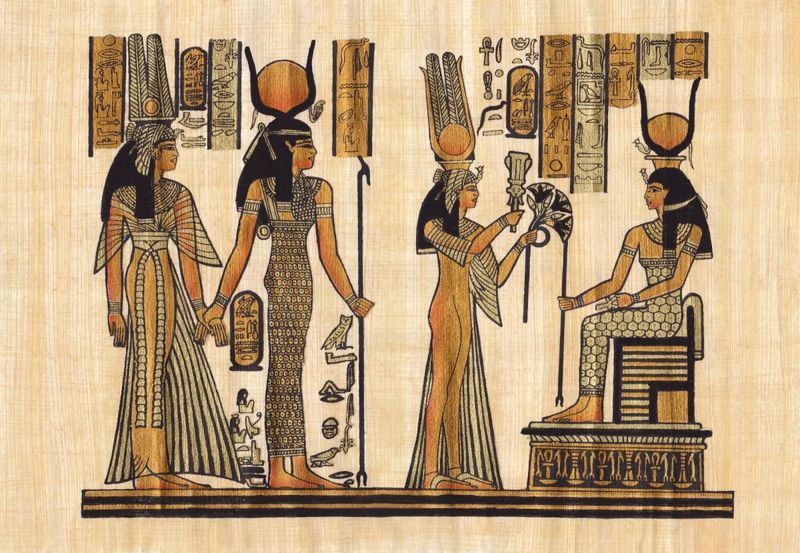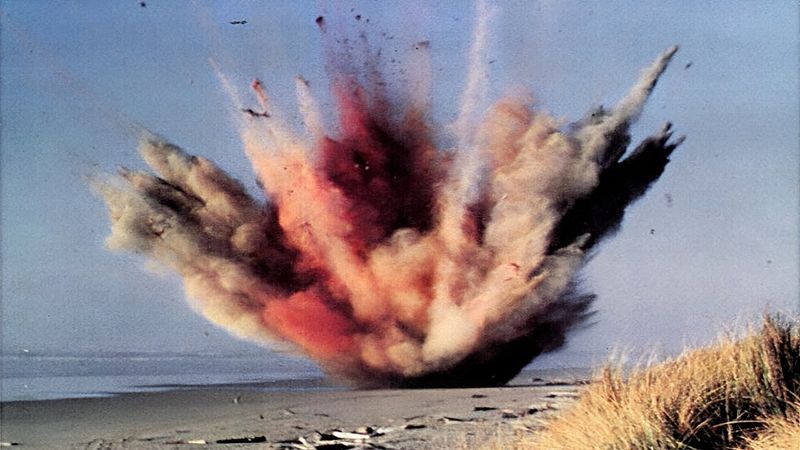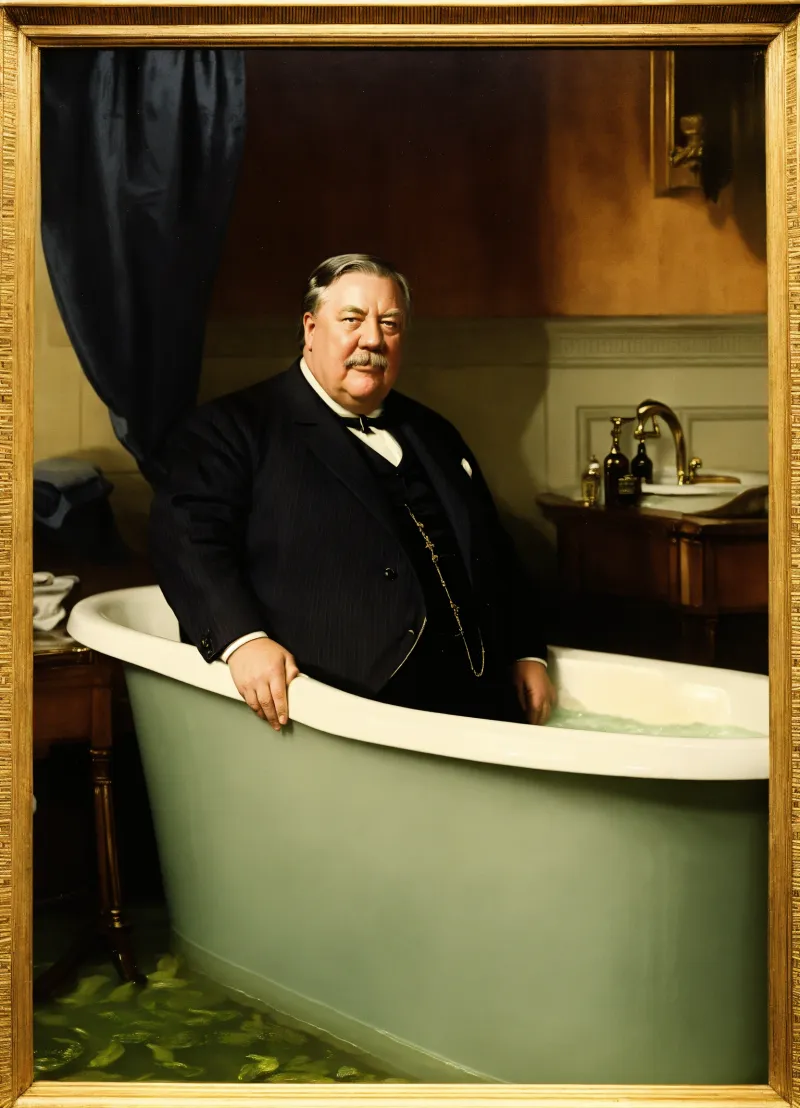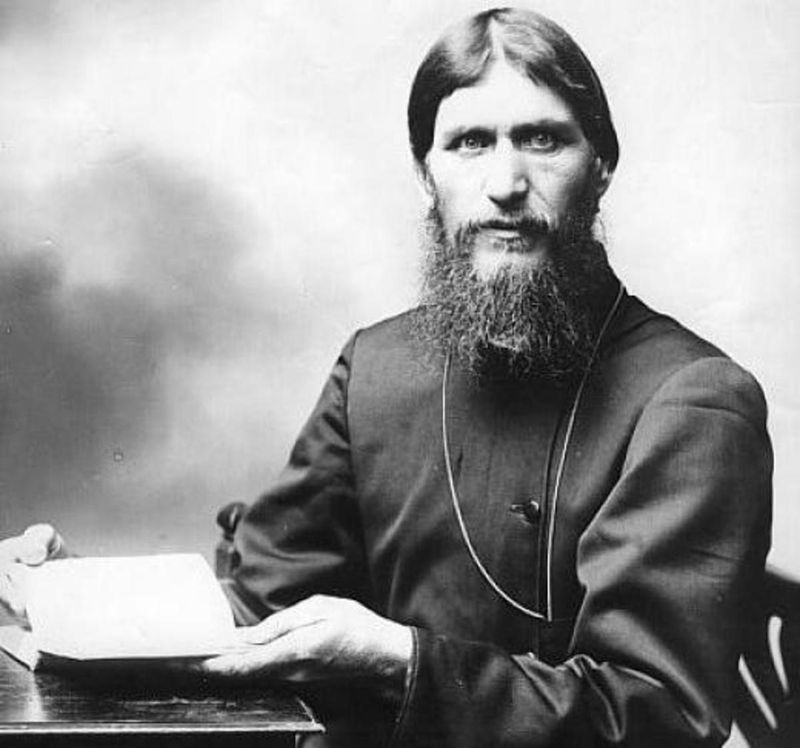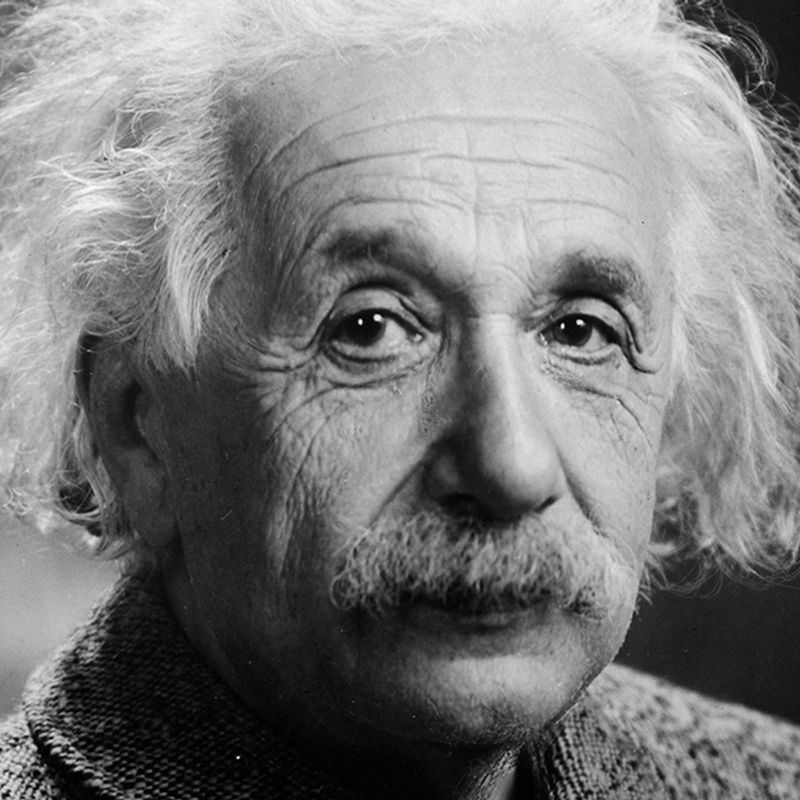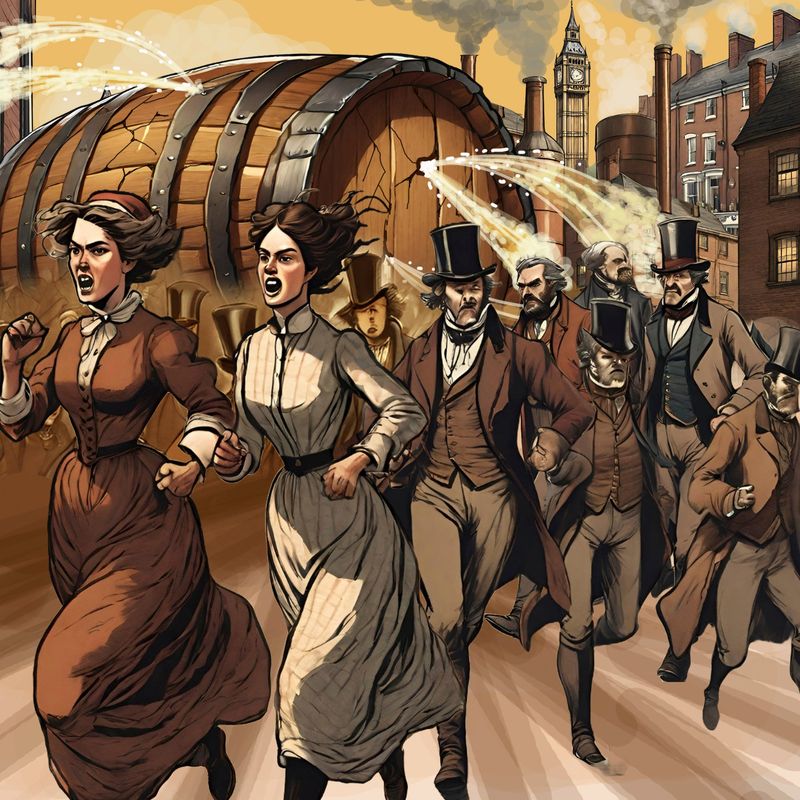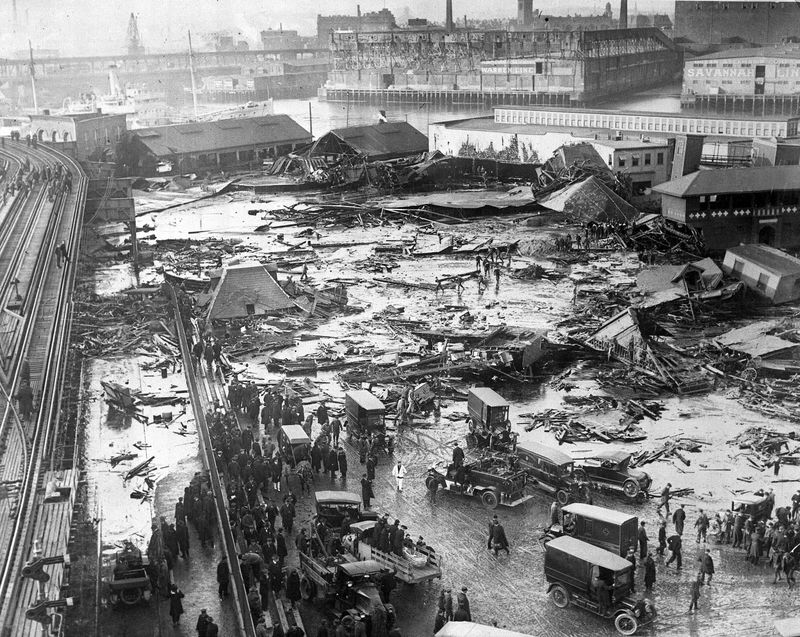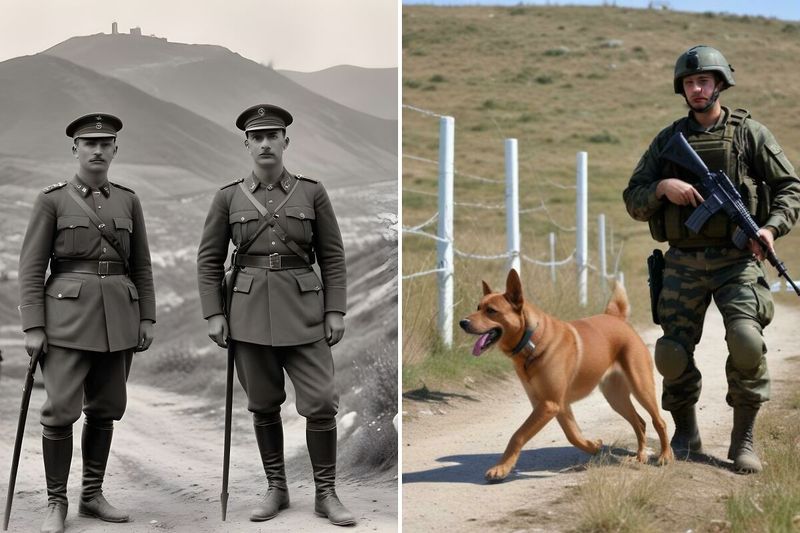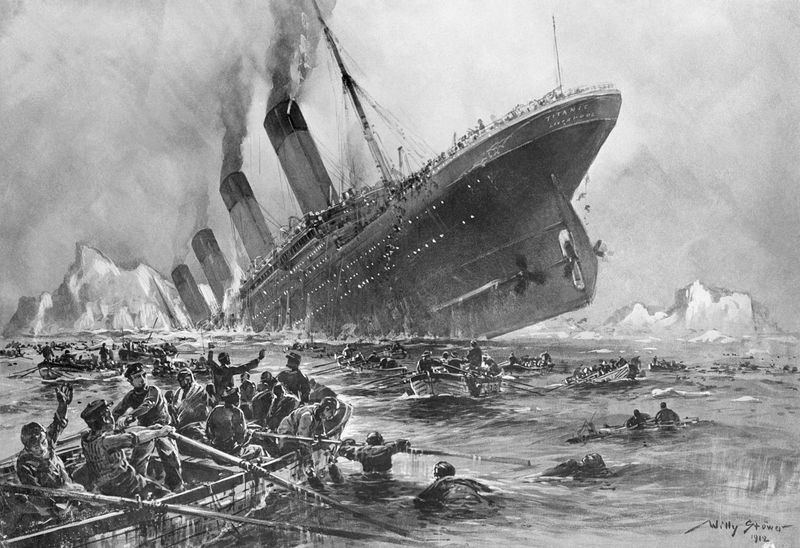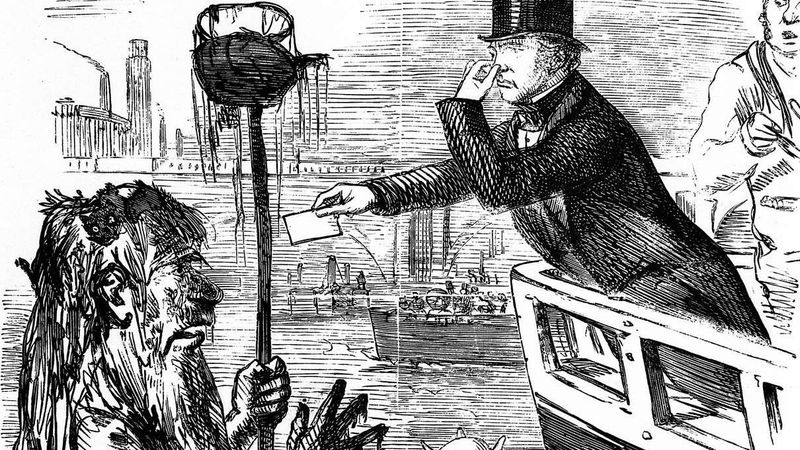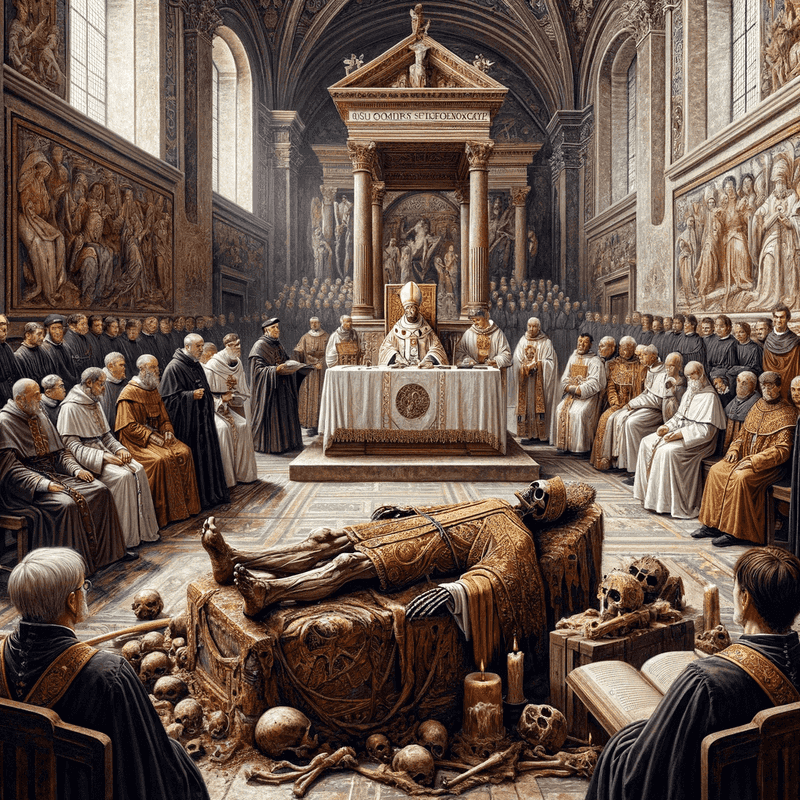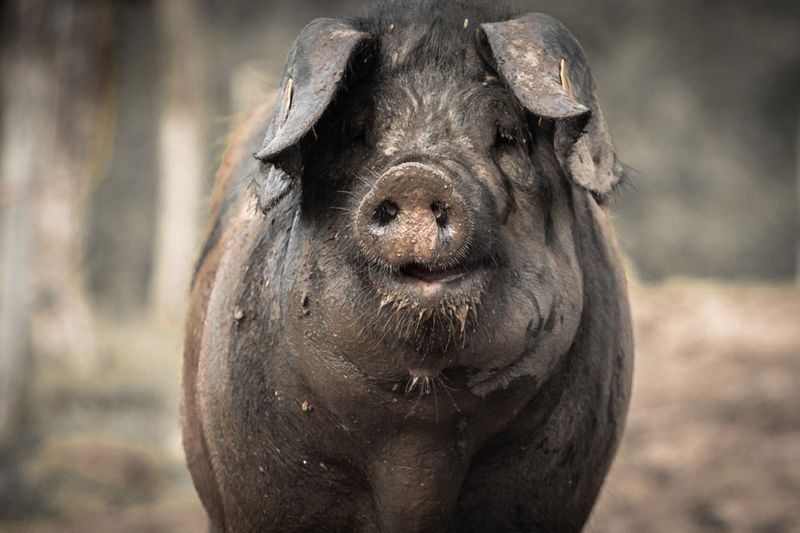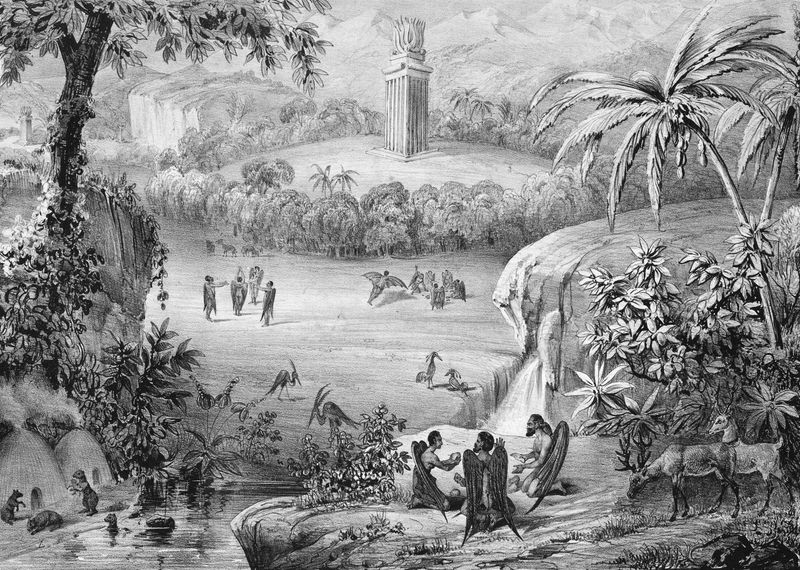History is filled with surprising, humorous moments that have often been overlooked. From the bizarre to the downright hilarious, these facts demonstrate that our past is not only fascinating but also amusing.
This collection of 20 funny historical facts will enlighten you with stories and tidbits that are sure to bring a smile to your face.
1. Napoleon’s Rabbit Fiasco
In 1807, Napoleon Bonaparte was famously attacked by a horde of rabbits. The French military leader had organized a rabbit hunt to celebrate a military victory.
However, the rabbits didn’t act as expected. Instead of fleeing, the rabbits charged at Napoleon and his men, causing chaos.
It’s said that the rabbits had been domesticated, leading them to associate humans with food. Napoleon found himself overwhelmed, and the hunt turned into a comedic retreat.
This peculiar event remains one of the more amusing anecdotes from his military career. Who knew rabbits could thwart one of history’s greatest generals?
2. Mozart’s Cat Serenade
Wolfgang Amadeus Mozart, the legendary composer, had an unusual relationship with his pet cat. The feline companion loved to walk across the piano keys while Mozart composed.
Rather than being annoyed, Mozart found this amusing and even composed pieces inspired by the cat’s impromptu notes.
This quirky interlude shows how Mozart’s creativity was boundless, finding inspiration in the ordinary quirks of life.
His cat’s musical ‘contributions’ added a whimsical touch to the household. It’s a delightful reminder that genius can find muse in unexpected places—even in the playful paws of a cat.
3. The Great Emu War
In 1932, Australia faced an unusual adversary: emus. The Great Emu War, as it is known, was an attempt to curb the emu population that was destroying crops. Armed soldiers were deployed to deal with the feathered invaders.
Amazingly, the emus proved to be surprisingly effective at evading capture and continued to wreak havoc. The soldiers, despite their best efforts, were outsmarted by the birds, leading to a humorous yet futile campaign.
The Emu War ended with a victory for the emus, leaving the soldiers with nothing but a lesson in humility.
4. Cleopatra’s Perfume Factory
Cleopatra was not only a queen but also a savvy businesswoman. She was known to have owned a perfume factory, which produced luxurious scents that were highly sought after in ancient times. This endeavor added to her wealth and influence.
Her love for perfumes was legendary, and she used her knowledge of fragrances to charm and engage. Cleopatra’s entrepreneurial spirit is a testament to her multifaceted leadership and charisma.
Her perfume legacy continues to be a symbol of her enduring allure and strategic acumen, showing that she understood the power of scent in diplomacy.
5. The Dancing Plague of 1518
In 1518, the town of Strasbourg was struck by a bizarre phenomenon: a dancing plague. Residents began dancing uncontrollably in the streets, seemingly unable to stop for days. This inexplicable event captivated onlookers and baffled authorities.
The cause remains a mystery, with theories ranging from mass hysteria to ergot poisoning. Whatever the reason, the dancing plague is a fascinating example of the strange happenings in history.
It highlights how the human body and mind can react in unexpected ways, turning a city into a stage for an unforgettable, albeit puzzling, spectacle.
6. The Exploding Whale
In 1970, the town of Florence, Oregon, faced an unusual problem: a dead whale had washed ashore. To dispose of it, officials decided to use dynamite, believing the explosion would scatter the remains into the ocean.
However, the plan backfired spectacularly. Chunks of whale blubber rained down, causing chaos among spectators. This explosive mishap became a legendary blunder, illustrating the unpredictable outcomes of human ingenuity.
The exploding whale incident remains a humorous cautionary tale about unconventional problem-solving, reminding us that sometimes nature needs a gentler touch.
7. President Taft’s Stuck Bathtub
President William Howard Taft, known for his large stature, had a famous mishap involving a bathtub. The story goes that he once got stuck and needed assistance to get out. While the veracity of the tale is debated, it became a popular anecdote.
The tale led to the installation of a specially made, oversized tub in the White House, reflecting Taft’s humorous acceptance of his size. This light-hearted story highlights how even leaders are not immune to life’s little quirks.
It remains a charming footnote in presidential history, adding a touch of humanity to Taft’s legacy.
8. Rasputin’s Surprising Survival
Grigori Rasputin, the mystic advisor to Russia’s Romanov family, was notoriously hard to kill. In 1916, conspirators attempted to assassinate him multiple times in one night. They poisoned, shot, and eventually drowned him, but he initially survived the first two attempts.
Rasputin’s resilience became legendary, fueling myths about his supernatural powers. His death, filled with intrigue and drama, epitomizes the bizarre twists of history.
Rasputin’s story is a reminder of how real-life events can surpass fiction, leaving an indelible mark on Russia’s tumultuous past and capturing imaginations worldwide.
9. Einstein’s Chauffeur Switch
Albert Einstein once found himself too tired to give a lecture, so he swapped places with his chauffeur, who had heard the talk many times. The chauffeur successfully delivered the lecture, fielding questions with ease until a complex query arose.
With quick thinking, he deflected the question by suggesting it was so simple, even his chauffeur could answer. This amusing episode showcases Einstein’s wit and the unexpected moments of genius.
It’s a reminder that brilliance can be found in the most unlikely situations, and sometimes a little humor can turn a challenge into a delightful story.
10. The London Beer Flood
In 1814, a bizarre disaster struck London when a giant vat of beer at the Meux Brewery burst, unleashing a tidal wave of porter into the streets. The London Beer Flood claimed several lives and caused significant damage.
Despite the tragedy, the incident became a darkly comic anecdote in the city’s history. Residents reportedly scooped up the free-flowing beer with whatever they had on hand.
This odd occurrence underscores how unexpected calamities can leave a lasting impression, blending tragedy with humor in the unpredictable tapestry of urban life.
11. The Great Molasses Flood
In 1919, Boston experienced an unusual and sticky disaster: the Great Molasses Flood. A storage tank burst, sending a wave of molasses sweeping through the streets at 35 mph. Buildings were destroyed, and the sticky wave claimed lives.
The bizarre nature of the flood, with molasses being a sweet treat turned deadly force, made it a peculiar chapter in Boston’s history. Cleanup efforts took months, as the city grappled with the syrupy aftermath.
This sticky saga remains a unique reminder of how everyday substances can become catastrophic under the right conditions.
12. The War of the Stray Dog
In 1925, an incident involving a stray dog nearly escalated into a full-blown war between Greece and Bulgaria. The dog crossed the border, leading to misunderstandings and military skirmishes.
The situation, known as the War of the Stray Dog, was resolved through diplomacy, fortunately without further conflict. This episode illustrates how minor events can spiral into significant international incidents.
It serves as a humorous yet poignant reminder of the delicate nature of borders and the unforeseen consequences that can arise from seemingly trivial happenings.
13. The Eiffel Tower’s Secret Apartment
Gustave Eiffel, the genius behind the Eiffel Tower, included a secret apartment at the top of his iconic structure. This private sanctuary offered stunning views of Paris and was used for entertaining elite guests.
Eiffel’s hidden apartment became a coveted topic of intrigue, embodying the allure of exclusivity. It highlights Eiffel’s love for innovation and personal touches that set his work apart.
Today, the apartment is a fascinating footnote in architectural history, offering insight into the man behind one of the world’s most famous landmarks and his penchant for unique spaces.
14. The Cursed Iceberg
The iceberg that sank the Titanic has become shrouded in myth and mystery. Some believe it was ‘cursed,’ leading to the ship’s tragic fate. However, the reality is that the iceberg was simply in the wrong place at the wrong time.
This piece of folklore adds an eerie dimension to the Titanic’s story, blending fact with fiction. It reflects humanity’s tendency to seek meaning in randomness, attributing supernatural qualities to natural events.
The tale of the cursed iceberg remains a captivating blend of maritime history and mythic storytelling.
15. The Great Stink of 1858
The summer of 1858 saw London engulfed in a foul odor known as the Great Stink. The Thames River, polluted with untreated sewage, emitted a stench so overpowering that Parliament was forced to adjourn.
This pungent crisis led to significant public health reforms, including the construction of a modern sewer system. The Great Stink, while unpleasant, was a catalyst for change, demonstrating how even the most noxious situations can spur progress.
It remains a smelly yet pivotal moment in London’s development, showing how necessity can drive innovation.
16. The Laughter Epidemic of Tanganyika
In 1962, a laughter epidemic swept through a village in Tanganyika (now Tanzania). It began in a school and spread to nearby communities, with people unable to stop laughing for days.
The outbreak puzzled researchers and is considered a case of mass hysteria. The laughter, while harmless, disrupted daily life and highlighted the power of human emotions to spread contagiously.
This peculiar phenomenon remains a curious footnote in psychological history, illustrating the sometimes-unexplainable nature of mass behavior and the infectious power of laughter.
17. The Pope and the Cadaver Synod
In 897, the Catholic Church held a bizarre trial known as the Cadaver Synod. Pope Formosus’ corpse was exhumed and placed on trial by his successor. The event was as grim as it was strange, with the corpse found ‘guilty.’
This macabre episode highlights the intense political struggles within the Church at the time, where even death didn’t preclude one from controversy.
The Cadaver Synod remains one of the most surreal chapters in papal history, blending absurdity with the serious nature of ecclesiastical power plays.
18. The Pig War
The Pig War of 1859 was a conflict between the United States and Great Britain, sparked by a shot pig. The incident occurred on San Juan Island, where a pig owned by a British citizen wandered into an American’s garden and was killed.
The situation escalated, leading to military standoffs, though no human lives were lost. The Pig War ended peacefully with the boundary dispute resolved diplomatically, becoming a humorous anecdote in international relations.
It serves as a reminder of how minor provocations can lead to major tensions, yet also how diplomacy can prevail.
19. The Affair of the Diamond Necklace
The Affair of the Diamond Necklace was a scandal in the 18th century that rocked France and tarnished the reputation of Marie Antoinette. A group of swindlers convinced a cardinal that the queen wanted to buy an elaborate necklace.
The cardinal, eager to please, arranged the purchase. However, the necklace was stolen, and the scandal exposed the aristocracy’s corruption, fueling revolutionary sentiments.
This affair, filled with deception, intrigue, and lavish jewels, amused many and became a symbol of the excesses of the French monarchy.
20. The Great Moon Hoax
In 1835, a series of articles published in The Sun newspaper claimed that life, including bat-like humanoids, had been discovered on the Moon. The articles captivated readers and spread like wildfire.
The “discoveries” were fabricated but demonstrated the public’s fascination with astronomy and the power of media hoaxes.
This humorous chapter in publishing history underscores the enduring human tendency to believe in the fantastical, even when evidence is scant.
